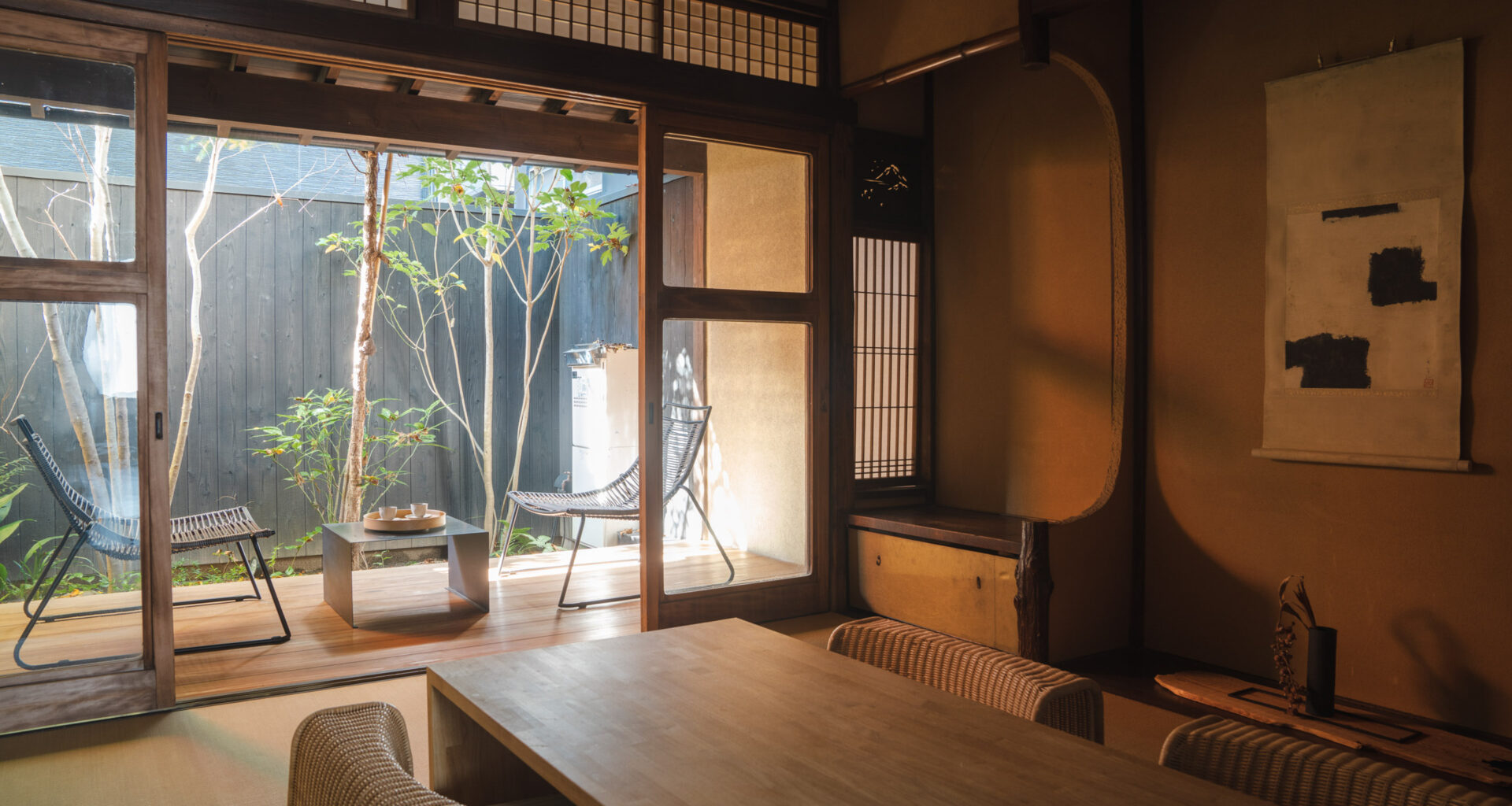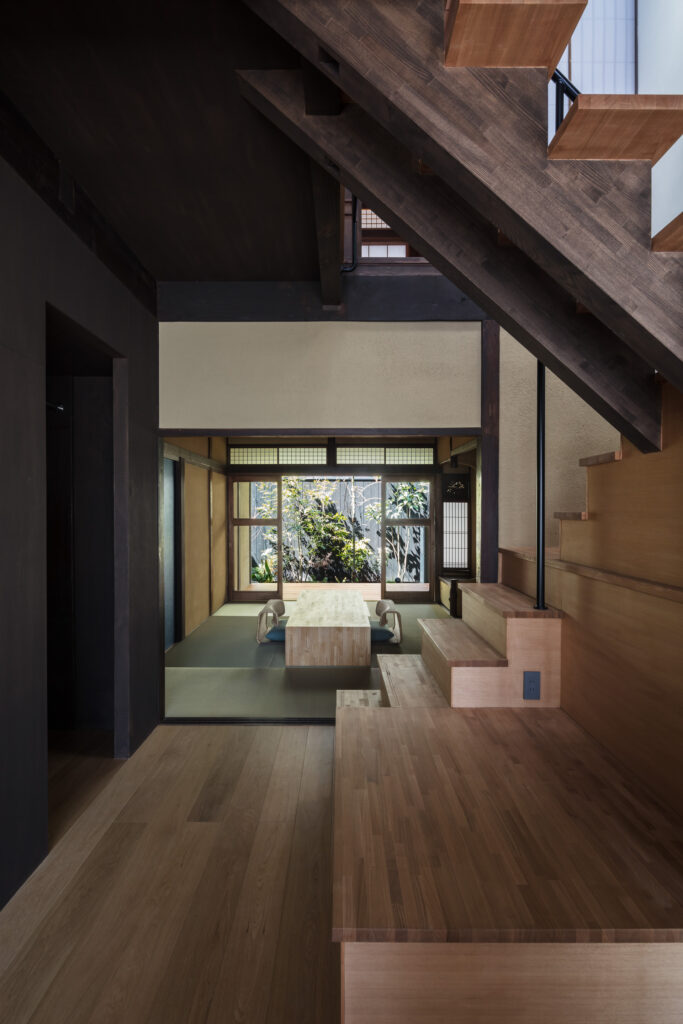
A Reimagined Machiya That Blends the Essence of Japanese Tradition With the Comforts of Modern Living, Maana Kyoto Redefines Luxury Hospitality Across the World
But with the old, in with the new? Not so fast, and not quite. Maana Homes, an independent hospitality brand co-founded by friends and fellow creatives Irene Chang and Hana Tsukamoto, is elevating boutique luxury by creating refined and calming environments inside historic machiya townhouses constructed with traditional Japanese carpentry techniques, which is why, once leveled, they are never rebuilt. Of these age-old wooden structures, Maana Kyoto is an especially soulful space, a hybrid of a holistic ethos and aesthetics reflecting the culture of simplicity that defines national life in Japan.
“Maana Homes is a brand created to inspire minds,” Irene Chang says of the hospitality product to which she brings years of hotel design experience while her co-founder Hana Tsukamoto helms its creative direction. “Our goal is to design spaces that are both unexpected and comfortable, incorporating the modern luxuries that guests have come to expect.”
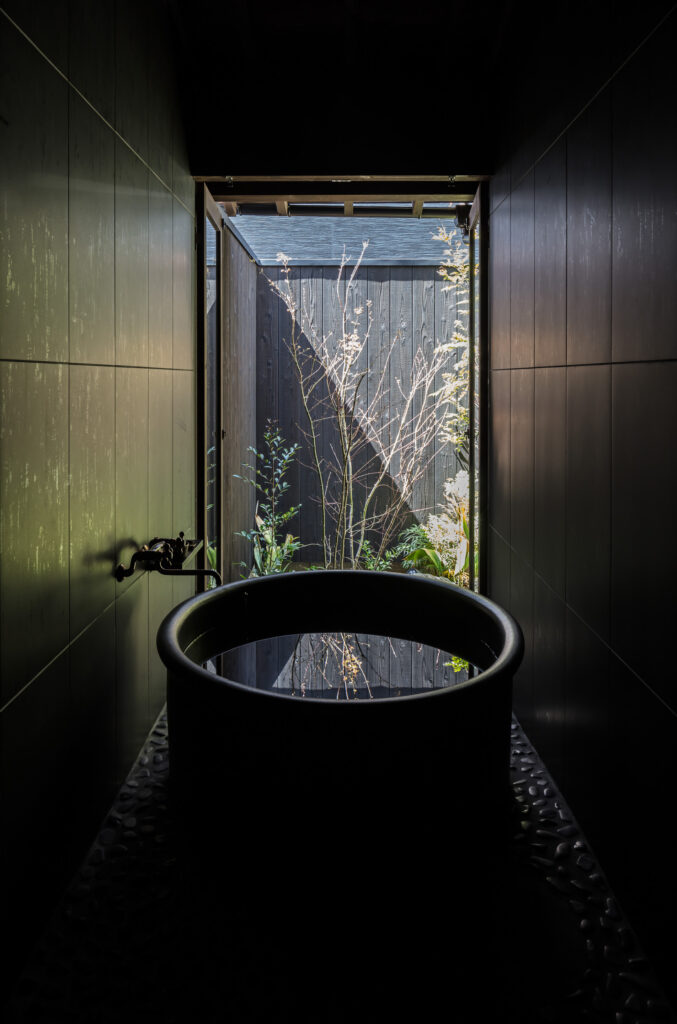
In so doing, the duo is not only curating fastidiously assembled, regionally sympathetic spaces but performing a great cultural service to Japan’s historical capital, as well, helping preserve its much-admired machiya, which continues to be at alarming risk for indiscriminate tear down in lieu of more efficient structures. Marked by narrow fronts and deep interiors, tatami mat floors, sliding shoji screen doors and exposed wood beams, the vernacular is seen throughout Japan but is closely identified with Kyoto, a city with deep ties to tradition and many treasures—temples, teahouses, and gardens.
Part of Maana Kyoto’s appeal is the opportunity to dwell, however briefly, in a piece of architectural history, even if the past could do with some present-day upgrades. “Although old-world Japanese minimalism is charming, it may not be suitable for contemporary living,” Irene Chang confesses.
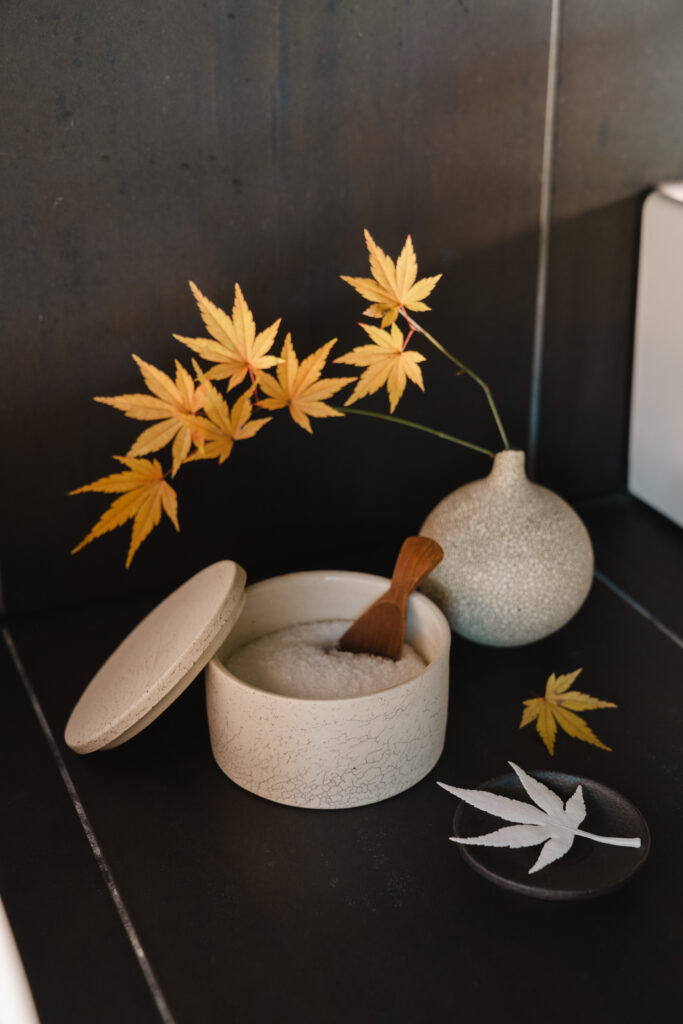
“As a result, we integrate modern lifestyle elements, such as open kitchens, luxurious baths and western-style beds.”
Meanwhile, guests of their properties will notice that the homes’ necessary but unsightly employments, such as appliances, are fashionably out of sight. The hope, Irene Chang notes, is to “inspire a new perspective of century-old machiyas.”
It is hard to imagine any perspective of Maana Kyoto other than fresh and splendid. Located in the peaceful residential area of Tanbaguchi, which is close to Kyoto city center, it is a beautiful and aesthetically focused space without argument. With services and room for a maximum of six guests, Maana Kyoto includes both master and guest bedrooms, a bathroom with a sublime Japanese soaking tub, a large living room, a fully equipped kitchen, and a Japanese rock garden. Infused with an easy, low-grade luxury, this still-life of a space has a certain sense of sacredness that feels particularly well suited to shrine-obsessed Kyoto.

“Simple yet meaningful way of life—this is the philosophy we wanted to express with this house,” says Irene Chang. Discriminating and disciplined in that pursuit, “We restrained from filling the house with decoration and objects. We focused on void and negative space.”
When in such a calm, austere and visually quiet space, she continues, “simple everyday life, such as making tea or coffee, taking a bath, reading a book and listening to music is highlighted and becomes very intentional and meaningful.”
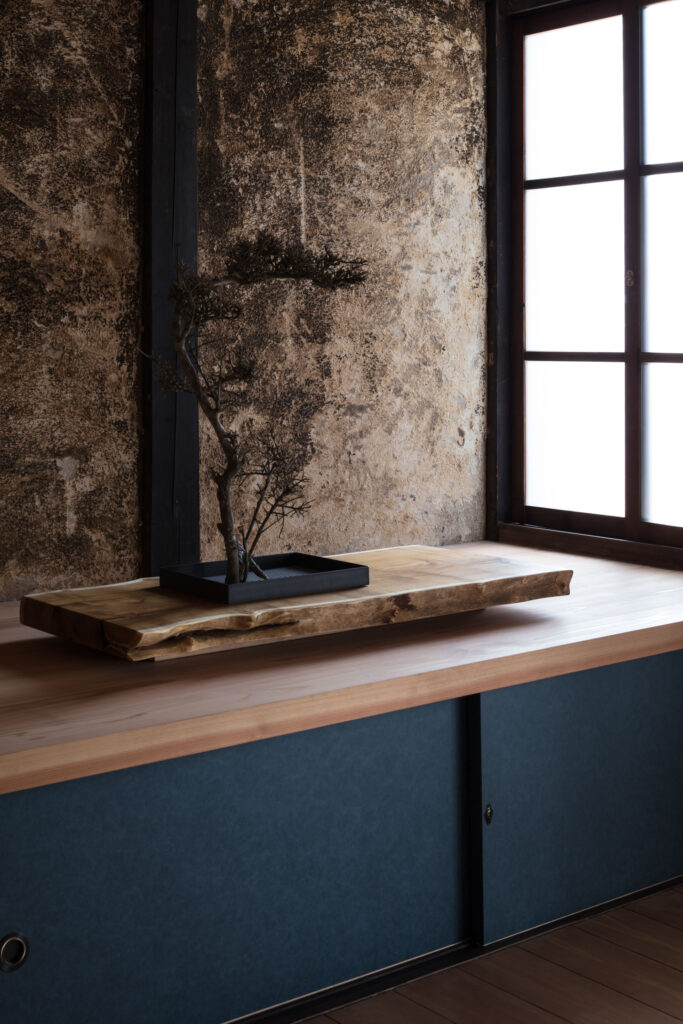
More so when surrounded by an architecture of fundamental craft and character. Credit Kyoto architect Uoya Shigenori, who Irene Chang and Hana Tsukamoto tapped for his expertise in restoring machiya homes.
In repurposing the space only to address functional needs and not, as the brand puts it, “change for the sake of change,” original wood beams and part of the clay wall construction are exposed, and a skylight and open staircase captures natural light to equalize the shadows.
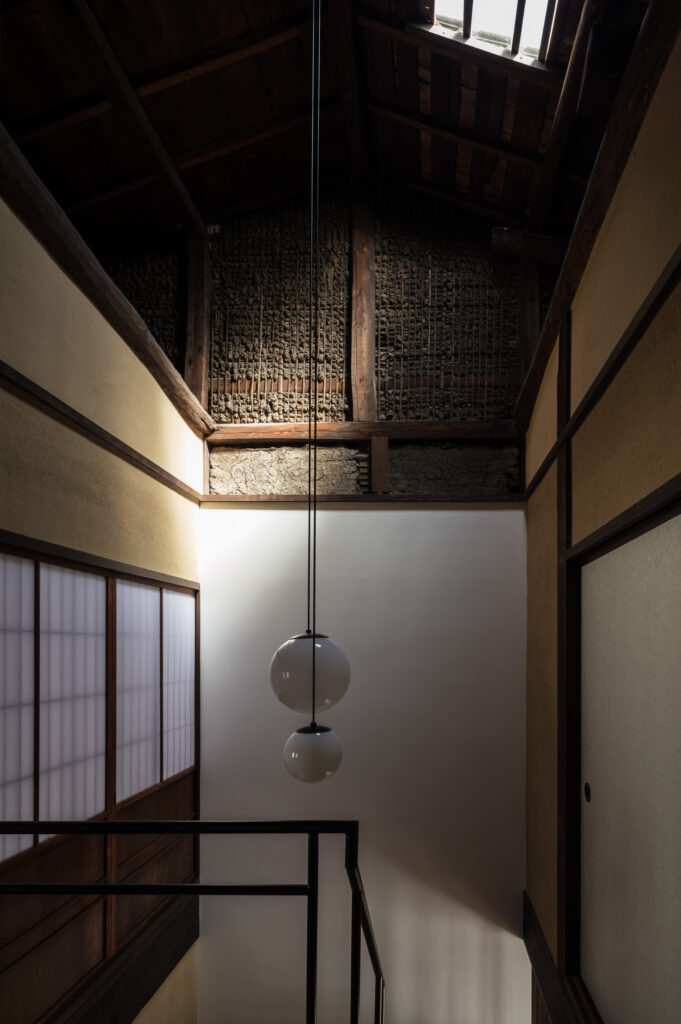
Maana Homes is not the first enterprise to bring the principles of slow living into the hospitality space. Instagram shows us that. But what do all those images of lit candles, lavender fields and elegantly sparse arrangements teach us, exactly? How to curate simply for eyeballs?
The creative force behind this brand comes from its application and expression of the idea honestly. Authenticity is their engine, and one sees this in the environments they transform into exquisite and purpose-driven existence. Each one is stylish, singular, and inspired with an individual story to tell. Less but better is the point.
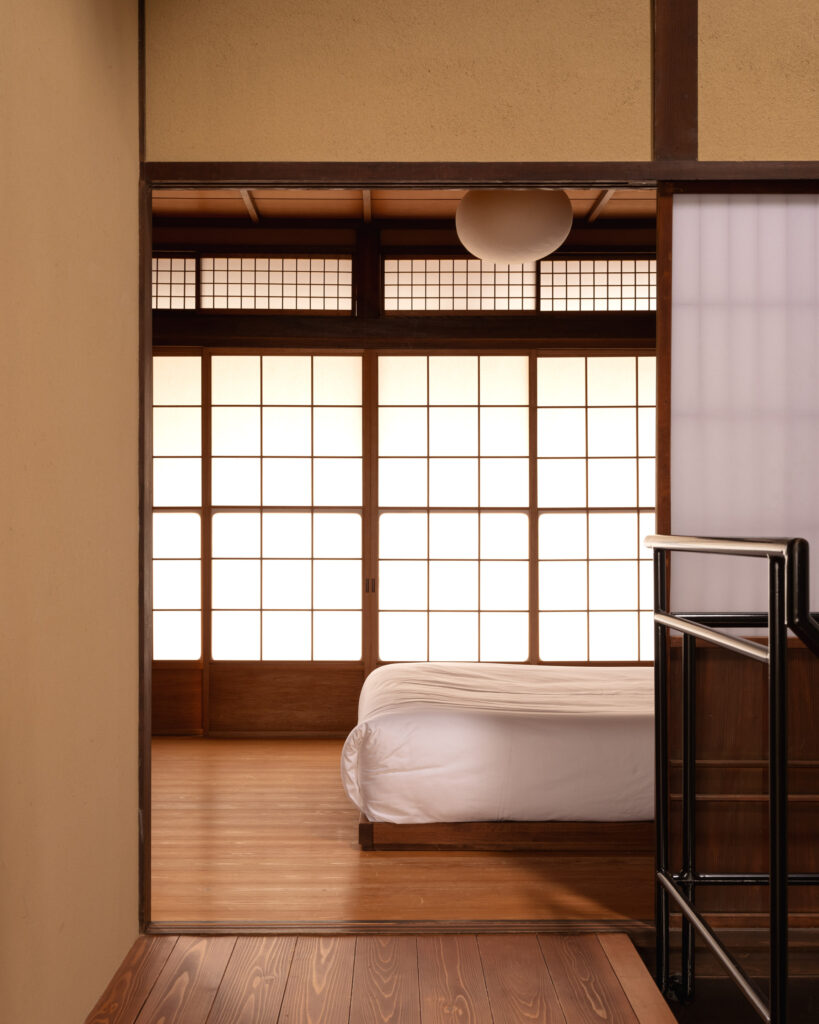
“As a brand, we set out to explore the new meaning of luxury,” says Irene Chang. Further research into the origin story reveals that it all began on “a starry night over some wine and scribbles on a restaurant napkin.”
Now five atmospheric made-new machiyas comprise Maana Homes, “Today’s modern travelers seek a more intimate experience in hospitality that prioritizes unique learning experiences over external distractions, moving away from opulent, full-service catering,” she continues. “We hope our guests will find peace and inspiration throughout their stay in Kyoto with Maana Homes.”
Hope is a misnomer in this case. Maana Kyoto leaves no other option.
Maana Homes | maanahomes.com
Photos: Maana Homes
